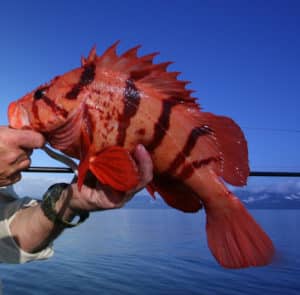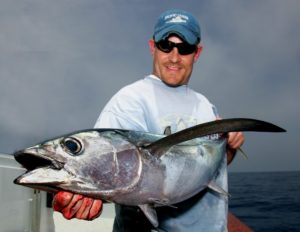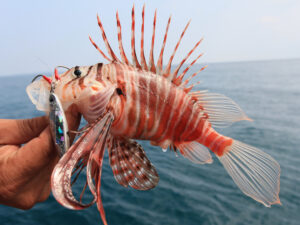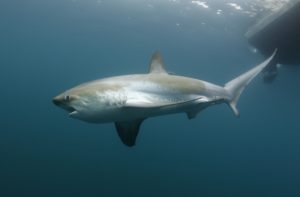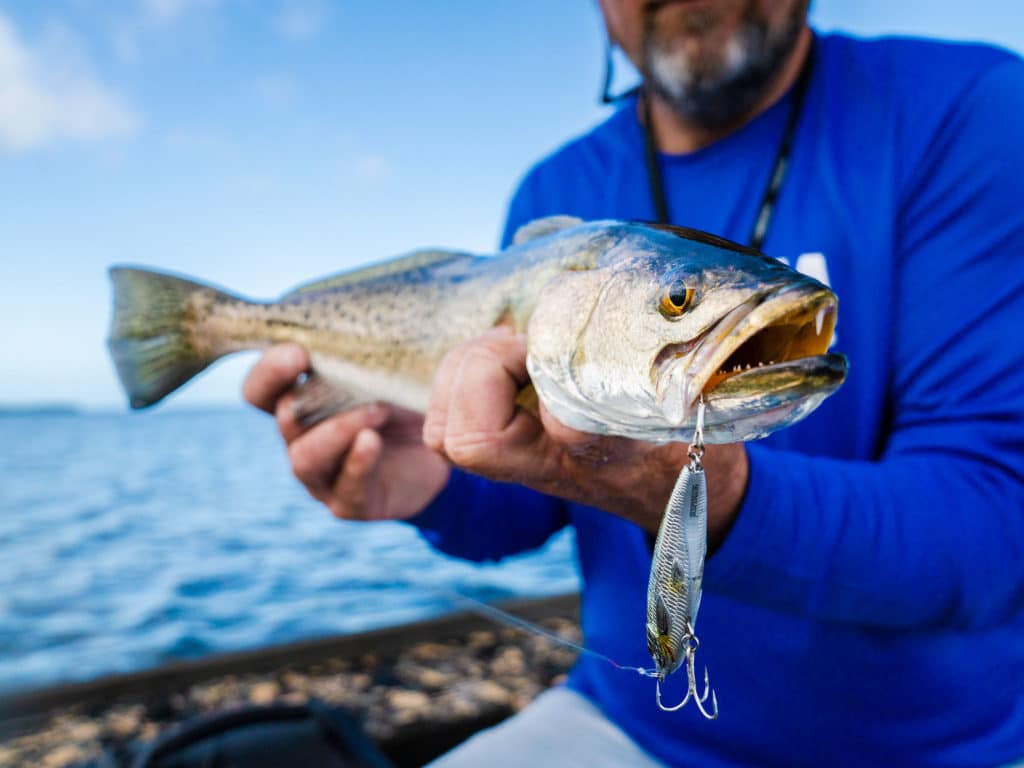
The sleek, silvery spotted seatrout might look more ballerina than linebacker when compared with its drum-family cousins: the redfish and black drum. However, looks can deceive as even the tiniest of these dancers willingly slams a topwater lure more than half its size.
During frenzied feeding, seatrout often gorge themselves to the point of regurgitation—hardly graceful behavior—leaving watermelon-scented slicks on the water’s surface that betray their presence to observant anglers.
Spotted seatrout, also called speckled trout or speck, offer yearlong action to inshore anglers from the mid-Atlantic around to the Gulf of Mexico. Annually, recreational fishermen pull millions from bays, estuaries and nearshore ocean waters. When the bite turns on, live bait such as shrimp, presented under a float or free-lined, produce double- and sometimes triple-digit catches of schooling fish in the 1-to-3-pound range.
To go artificial, pair a popping cork with a shrimp imitation to generate sound and visual stimuli that’s irresistible to trout. The resulting cork-rattling head shake of a hooked fish likewise generates an irresistible siren call for anglers.
Trophy hunters pursuing “gators,” weighing 5 to 15 pounds and measuring up to 30 inches, should choose bigger baits and lures to tempt these notoriously skittish older fish.
But again, size doesn’t really matter. Seatrout are out there and ready to pas de deux. Are you?

